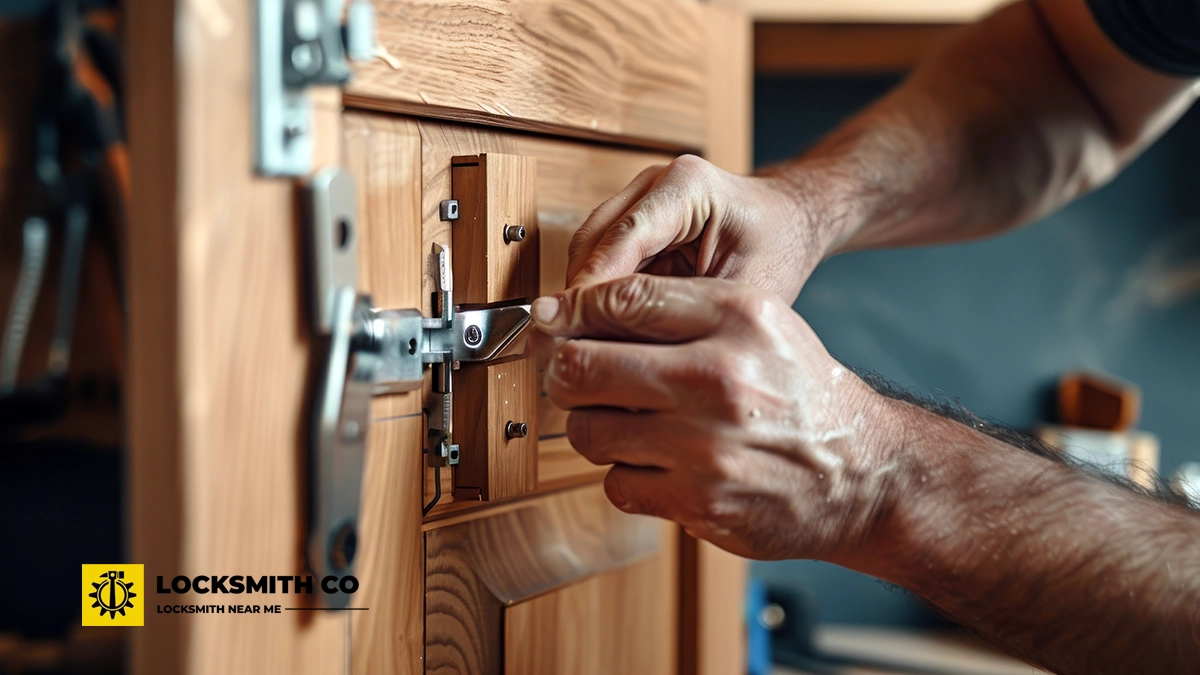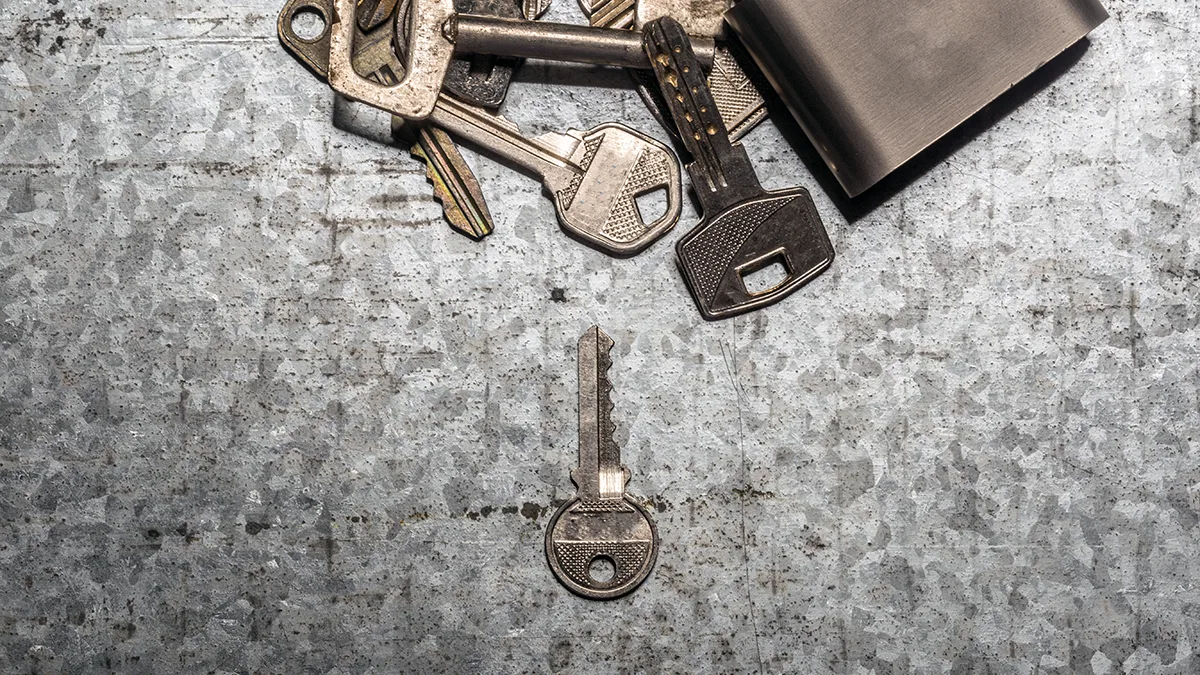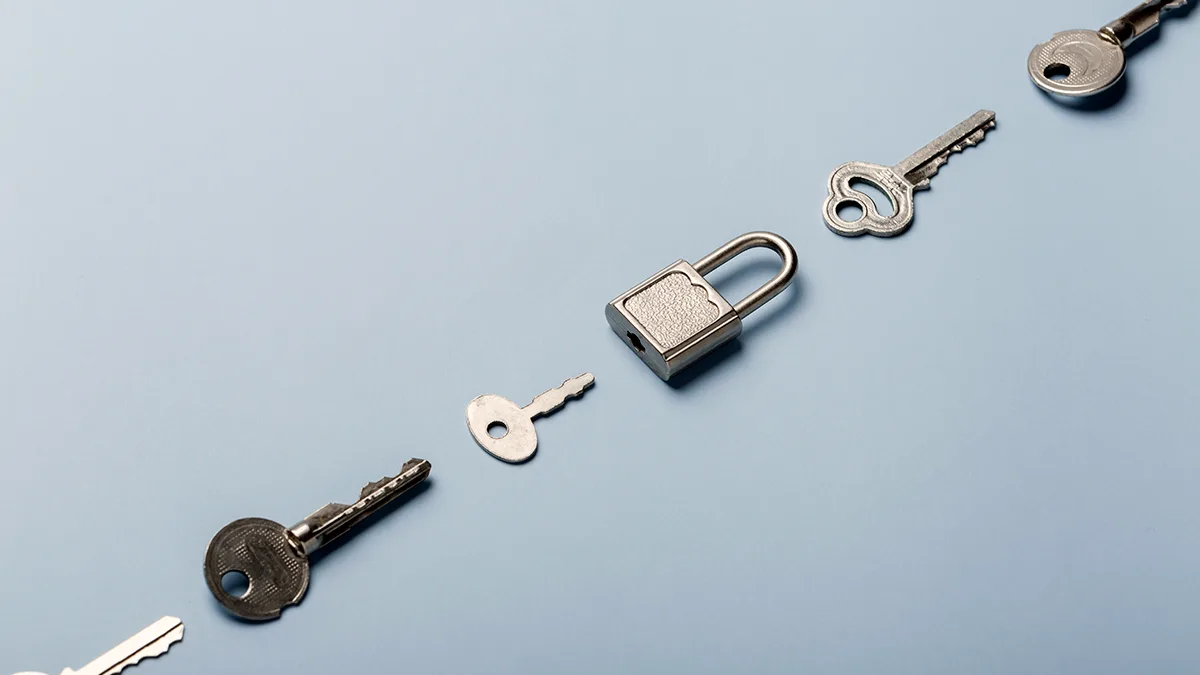The Hidden Costs of DIY Lock Repairs and How to Avoid Them. In a bustling city…
DIY Door Lock Repair: Expert Tips for Effective Home Security
DIY door lock repair: Expert tips for effective home security. Ensuring your home’s security starts with understanding the basics of door lock maintenance and repair.
Whether you’re a homeowner, a renter, or a DIY enthusiast, knowing how to fix a door lock can save you time and money while providing peace of mind.
DIY Door Lock Repair
In this guide, we will delve into DIY door lock repair methods, offering expert locksmith tips for effective home security. You can try to find on Google “Locksmith Near Me“.
From door lock troubleshooting to regular door lock maintenance, this piece aims to equip you with the knowledge needed to tackle common issues.
So, whether you’re facing a stuck mechanism or a loose handle, discover how repairing door locks can be both simple and effective with the right approach.
Understanding Door Lock Mechanics
Types of Door Locks
Understanding the different types of door locks is crucial for effective home security.
The most common type is the deadbolt, known for its robust mechanism that offers solid protection against forced entry.
Deadbolts can be single or double-cylinder, with the latter offering added security as it requires a key on both sides.
Another popular option is the mortice lock, often found on older doors, which fits neatly within the door itself, providing aesthetic and security benefits.
Lever handle locks, typically seen in commercial settings, offer ease of use and durability, making them a practical choice for businesses.
Lastly, smart locks are gaining popularity due to their convenience and ability to integrate with home automation systems, allowing remote access and control.
Knowing which lock suits your needs is a vital step in ensuring your property remains secure.
Common Lock Issues
Door locks can develop several common issues that may compromise home security.
One frequent problem is a jammed lock, often caused by dirt or debris within the mechanism. Regular cleaning and lubrication can prevent this issue.
Another common concern is a misaligned strike plate, which can prevent the lock from latching properly, leaving the door insecure.
Proper alignment can usually be achieved with minor adjustments. A loose door handle or lockset can also be problematic, often resulting from regular use and wear.
Tightening the screws or replacing worn components is a simple way to address this. Additionally, keys can become bent or worn, making it difficult to turn the lock.
In such cases, replacing the key can often resolve the issue.
Recognising these common problems and knowing how to address them can help maintain the integrity of your door locks and enhance overall home security.
How Locks Affect Home Security
Locks are a fundamental component of home security, acting as the first line of defence against unauthorised entry.
A robust lock system can deter potential intruders, while a weak or faulty lock can leave your home vulnerable.
The strength and design of the lock significantly impact its effectiveness.
For instance, deadbolts provide a higher level of security compared to spring latch locks due to their sturdier construction and resistance to forced entry.
Similarly, smart locks can enhance security by offering features like remote access, alerts, and integration with other security systems.
However, their reliance on technology also introduces potential risks such as hacking.
Therefore, it’s vital to choose locks that align with your security needs and regularly maintain them to ensure optimal performance.
Regularly inspecting and upgrading locks as necessary can greatly improve your home’s security posture, providing peace of mind that your property is well protected.
DIY Door Lock Repair Guide
Essential Tools for Repair
When embarking on DIY door lock repair, having the right tools is essential for efficient and successful outcomes.
A basic toolkit should include a screwdriver set, as most locks are held together with screws that need tightening or removal.
A wrench set may also be necessary for securing nuts and bolts, particularly with mortice locks.
Lubricant, such as graphite powder or a silicone-based spray, is vital for addressing jammed mechanisms by reducing friction within the lock.
For more intricate repairs, a lock pick set might be useful, but it’s important to use such tools responsibly to avoid damaging the lock.
Needle-nose pliers can assist in handling small components or springs within the lock assembly.
Lastly, having a replacement lock or parts on hand can be beneficial if a component is beyond repair.
With these tools, you’ll be well-equipped to tackle most common door lock issues efficiently.
How to Fix a Door Lock
Fixing a door lock can be straightforward if you follow a systematic approach.
Start by identifying the problem—whether it’s a jammed lock, loose handle, or a misaligned strike plate.
For a jammed lock, apply a lubricant to the keyhole and gently work the key in and out to distribute it evenly.
If the handle is loose, use a screwdriver to tighten any visible screws. Often, the screws are concealed under a decorative cover that needs to be gently pried off.
To address a misaligned strike plate, adjust its position by loosening the screws, realigning it with the latch, and then retightening.
If these steps do not resolve the issue, you may need to remove and inspect the lock’s internal components for wear or damage, replacing any faulty parts.
By following these steps, you can effectively perform DIY door lock repairs and maintain your home security.
Door Lock Troubleshooting Tips
When attempting to troubleshoot door lock issues, a methodical approach can save time and effort.
Begin by observing the symptoms—does the key stick, or does the lock not latch properly?
For a sticky key, inspect for debris and consider using a non-oily lubricant to ease the mechanism.
If the lock fails to latch, check the alignment of the door and strike plate. Warped doors may require adjustments to the hinges or strike plate position.
Test the lock with a different key to rule out key damage. If the lock feels loose, examine the screws holding the lockset and tighten them as needed.
Sometimes, the issue lies deeper within the lock mechanism, necessitating a dismantle to inspect for worn or broken parts.
By systematically checking each potential failure point, you can effectively identify and address common door lock issues, ensuring your home remains secure and your DIY efforts are successful.
Ensuring Effective Home Security
Regular Door Lock Maintenance
Regular door lock maintenance is crucial for preserving the integrity and functionality of your home’s security systems.
Start by routinely inspecting locks for signs of wear or damage, such as rust or loose components.
Lubrication is key; apply a suitable lubricant, like graphite powder, to the keyhole and moving parts to prevent sticking and ensure smooth operation.
Check the alignment of the door and strike plate, as seasonal changes can cause shifts that may require adjustments.
Tighten any loose screws on the lockset or door hinges to maintain a secure fit.
Additionally, test all keys regularly to ensure they work smoothly and consider having duplicates made to prevent wear.
If your lock is electronic or smart, ensure batteries are fresh and firmware is updated.
By incorporating these maintenance tasks into your routine, you can extend the lifespan of your locks and enhance the security of your home.
Locksmith Tips for Longevity
To ensure your door locks serve you well for years, adopting a locksmith’s perspective can be invaluable.
First, select high-quality locks that suit the specific security needs of your home.
Cheap locks often fail prematurely, compromising security.
Regularly clean your locks with a dry cloth to prevent dust and debris accumulation, which can hinder functionality.
Avoid over-lubricating; a small amount of appropriate lubricant suffices.
Ensure your door frames and hinges are sturdy and aligned, as a door that doesn’t close properly can put undue stress on the lock mechanism.
Consider installing a deadbolt to supplement an existing lock for added security and durability.
For smart locks, ensure that software updates are applied promptly to protect against vulnerabilities.
Lastly, periodically review your locks’ effectiveness in relation to your security needs and upgrade as necessary.
Following these tips can significantly prolong the life of your locks and maintain the security of your home.
Choosing the Right Locksmith Services
Selecting the right locksmith services is crucial for ensuring the security and longevity of your home’s locks.
Start by seeking recommendations from friends or family, as personal experiences can guide you towards reliable providers.
Verify the locksmith’s credentials and experience, ensuring they are certified and insured, which guarantees quality and accountability.
Look for locksmiths who offer a comprehensive range of services, including installation, maintenance, and emergency assistance.
Transparent pricing is important—request a quote before any work begins to avoid unexpected costs.
Additionally, consider their availability; a locksmith who offers 24/7 service can be invaluable in emergencies.
Read online reviews to gauge customer satisfaction and service quality.
Finally, establish a relationship with a locksmith who values customer service and communication, as this can facilitate trust and ensure your security needs are met effectively.
By carefully choosing a locksmith, you can safeguard your home and enjoy peace of mind.




Comments (0)